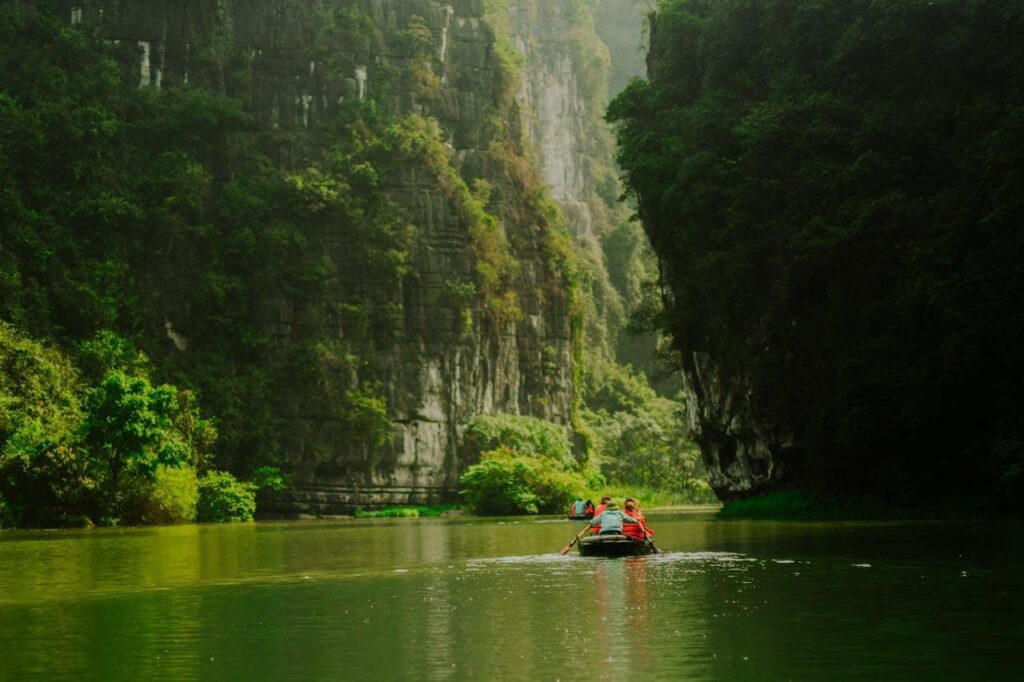You don’t need to choose between adventurous travel and environmental responsibility anymore. In fact, it’s never been easier to find places where conservation and unforgettable experiences actually go hand in hand.
Remote jungles, wild rivers, and even fragile ecosystems…it’s now possible to visit some truly breathtaking, once-in-a-lifetime places without trampling them in the process. And we have sustainable tourism to thank for that, as well as the rising collective consciousness about the negative effects of mass tourism: according to the World Travel & Tourism Council, 69% of travelers in a global survey said they’re actively seeking sustainable options.
If you, too, like to travel with curiosity, participate thoughtfully, and leave places better than you found them (or at the very least, undisturbed), here’s where to focus your next nature-immersion experience.
- Travel Through Amazon’s Arteries
If you want something that balances wild immersion with expert guidance and real sustainability practices, Amazon river cruises should be at the top of your list. We’re not talking about the overcrowded, floating buffet kind of cruises here, but rather small vessels led by ecologists and naturalists who actually know the names of what you’re seeing (and care that you remember them).
We took Aqua Expeditions’ cruises as an example because they offer highly curated trips along the Peruvian Amazon that pair luxury with environmental integrity. The vessels are limited in size, they partner directly with local communities, and their excursions (like skiff rides into narrow tributaries or village visits) prioritize low impact and high educational value.
- Kayak Through Unfiltered Wild
There’s a difference between floating past nature and actually being in it. That’s why kayaking is the best, especially if you pick eco-friendly destinations: it gives you full sensory access to untamed landscapes without the diesel fumes or noisy engines.
Whether you paddle through the bioluminescent waters of Puerto Rico’s mangrove channels or track otters along Oregon’s Rogue River, when you kayak the right way, you move at the ecosystem’s pace, and that changes how you interact with the environment.
If you plan on kayaking, stick to outfitters certified by local conservation boards or international bodies like the Global Sustainable Tourism Council. You want the kind that limits group sizes, respects wildlife buffer zones, and actually educates paddlers.
- Island-Hop Without the Footprint
If you associate island travel with over-tourism and coral bleaching, you’re not wrong—it often is. But! You still have options.
Remote island chains like Indonesia’s Raja Ampat or the Azores in Portugal have made serious strides in marine protection and eco-lodging. Some of these areas limit visitor numbers by design, making your presence less intrusive and your experience more intimate.
Instead of a typical resort, look for places that reinvest in reef regeneration or limit single-use plastics across their operations. Bonus points if they employ locals for conservation work (and not just housekeeping).
- Go Where the Trails Aren’t Worn
Popular destinations are overwhelmed, but you already know that. The good news is, there are still places where nature feels unpressured and local infrastructure hasn’t caved under the weight of Instagram-fueled tourism. For example, Patagonia’s Aysén region, parts of Namibia’s Damaraland, or the northern reaches of Laos offer access to beautiful, raw landscapes without the crowds.
What’s important is to choose operators that work with local guides (preferably trained in ecology or anthropology), and avoid anything that promises to “conquer” or “tame” the wilderness. If a website leads with adrenaline instead of impact, it’s safe to say it’s not aligned with an eco-traveler’s goals.
Of course, there’s no denying that responsible trips take a bit more effort to plan, but if you think about it, you’ll realize that’s part of what makes them worth it. The extra steps usually translate to fewer emissions, better cultural alignment, and richer learning. As well as a more authentic, more interesting, and often more rewarding trip.






